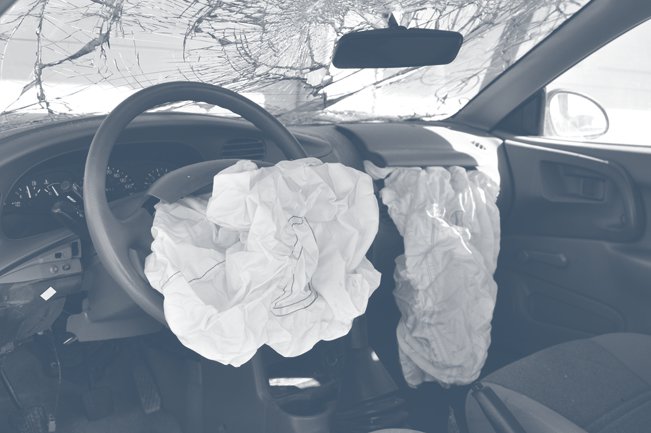Collision Gap Remains for Uber and Lyft Drivers, Even After New Laws
Uber and Lyft Drivers have extended insurance coverage to the primary stage for its drivers, but a collision gap still remains.
A new law recently went into effect in 19 states which requires ride-share drivers and companies to have liability insurance coverage during all three periods in which they use the ride-sharing app. The three stages include the primary stage, and stage 1 and 2. The primary stage is when the app is on, but the driver has not been matched with a rider yet. Period 2 is when a driver is matched with a passenger. Period 3 is when a driver has the passenger in the car. In response, Uber and Lyft bumped up their liability insurance coverage to primary.
Ride-share companies have refused to offer coverage in this period until now. What some drivers do not realize is that they are not fully covered with Uber and Lyft’s extended coverage. Driver’s liability, which is damage to others, is taken care of, but not damage to the driver’s own car. Drivers’ injuries are also not covered. What’s worse is that if a driver tried to use their personal insurance, the insurance company would either drop them or not cover anything due to the accident happening while they were employed in a high-risk commercial activity. Some drivers, after hearing word from others, started lying to their insurance providers committing insurance fraud.
Since the new law has been passed, insurance companies are now providing special policies for those employed by ride-share companies. There are very few policies offered across the states, and some drivers have complained that they are overpriced. Uber and Lyft still continue to cover periods 2 and 3 with contingent collision insurance. It is still uncertain what would happen if a driver has several apps on during the primary stage and is in an accident. Uber or Lyft may have to split the share. Unfortunately, a driver will still be unable to fix his or her vehicle under Uber and Lyft’s liability policies. If drivers want collision coverage in the Primary 1 stage, they must purchase the new ride-hail policies on their own through an insurance company. Once more policies come out with different insurers, this may be something that gains popularity among drivers, but for some it may be more of a hassle or too expensive to purchase.
The new policies could change how personal injury cases are handled for ride-share drivers, or could prevent drivers from filing claims even if they were not at fault.
To read Forbes recent article on the collision gap and the new law passed you can visit the site here.
